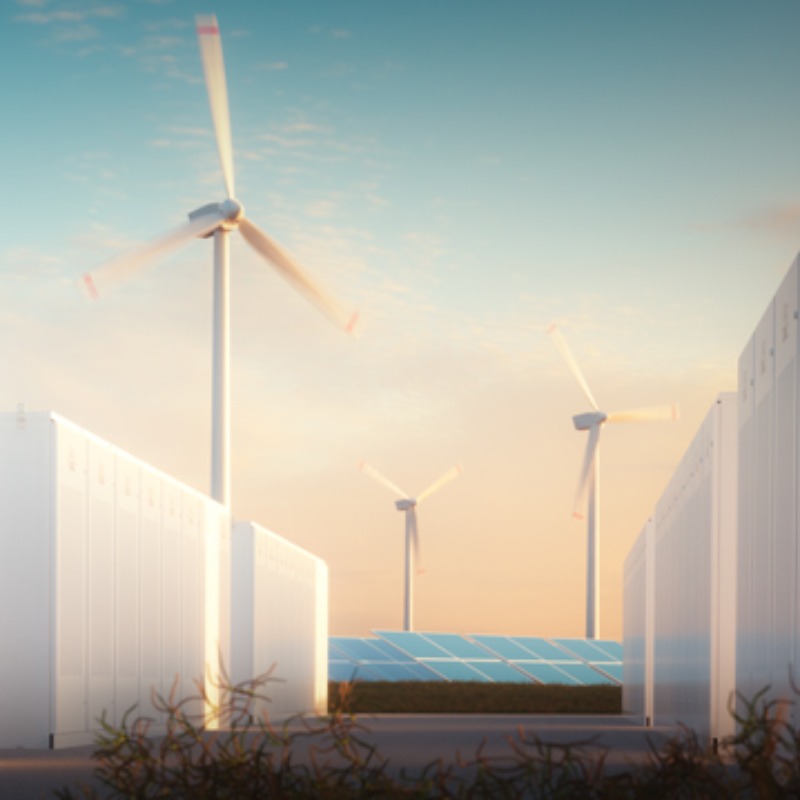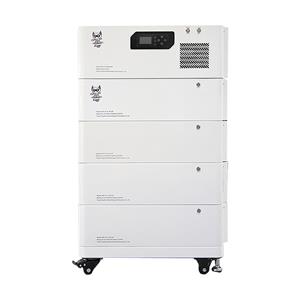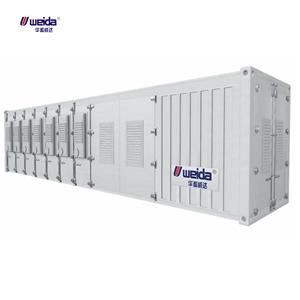Energy storage: the green energy that will light up the future
As the world's demand for clean energy grows, energy storage technology is becoming a key part of the energy revolution. So what exactly is energy storage? And how will it change our lives?
What is energy storage?
Energy storage is simply the storage of excess energy so that it can be released when needed. Just like when we charge our mobile phones, electricity is stored in a battery to be used when the battery is dead. However, the scale and application of energy storage is much broader than mobile phone batteries.

The significance of energy storage
Stabilising the grid: Traditional fossil fuel power generation suffers from intermittency problems, while renewable energy sources such as wind and solar power are heavily influenced by weather. Energy storage systems can store excess power and release it during peak periods, thereby stabilising the grid and improving power supply reliability.
Improve energy utilisation efficiency: Energy storage can store cheap night-time electricity for use during peak daytime hours, thereby reducing electricity costs. In addition, storage can integrate power generated from distributed energy sources, such as home photovoltaics, to improve energy efficiency.
Promoting electric vehicles: Energy storage technology is key to the mass adoption of electric vehicles. Large-capacity storage systems can provide fast charging services for electric vehicles, easing the pressure on charging infrastructure.
Cope with extreme weather: Energy storage systems can provide backup power for critical facilities in extreme weather conditions, ensuring stable operation of society.

Battery energy storage: Lithium-ion batteries are currently the most widely used energy storage method, with high energy density, charging and discharging efficiency.
Pumped storage: the use of water pumps will be pumped to high places, in the peak period of electricity will be put down the water to generate electricity.
Compressed air energy storage: excess electricity for compressed air, stored in underground caves or abandoned mines, when needed to release the compressed air to drive turbine power generation.
Flywheel energy storage: Convert electrical energy into mechanical energy, make the flywheel rotate at high speed, and then convert the mechanical energy into electrical energy when needed.
Application Scenarios of Energy Storage
Home: A home energy storage system can store self-generated solar power for use at night or on cloudy or rainy days, reducing electricity bills.
Commercial: Commercial energy storage can help enterprises cut peaks and fill in valleys, reduce electricity costs and improve energy efficiency.
Industrial: Industrial energy storage can provide a stable power supply for large-scale production equipment, improving productivity.
Grid: Grid energy storage can improve the flexibility and stability of the grid, and promote the large-scale access to new energy sources.

Future Prospects
With the continuous progress of technology and the continuous decline in cost, energy storage technology will play an increasingly important role in the future. It will promote energy transformation and achieve the cleanliness, decarbonisation and intelligence of energy.
Energy storage technology is a technology with broad prospects, which not only improves our quality of life, but also contributes to the realisation of sustainable development goals. With the continuous development of energy storage technology, we have reason to believe that a cleaner, more efficient and smarter energy future is coming to us.




